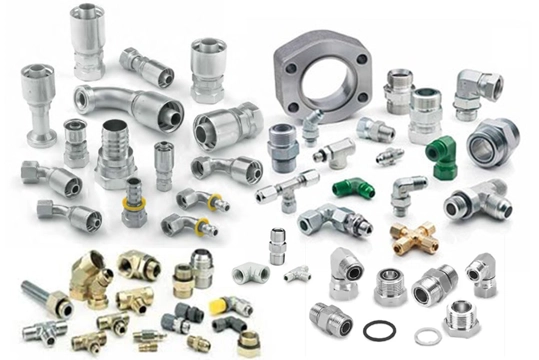Hydraulic fittings are components used to connect hydraulic hoses, tubes, and pipes in hydraulic systems. They play a crucial role in ensuring leak-free connections and proper fluid transfer within hydraulic machinery and equipment.

Materials:
Sealing Mechanisms:
Applications:
Standards:
Maintenance and Considerations:
Understanding the type of hydraulic fitting needed for a particular application involves considerations of pressure ratings, fluid compatibility, environmental conditions, and ease of assembly. Choosing the right fitting ensures efficient operation and longevity of hydraulic systems.